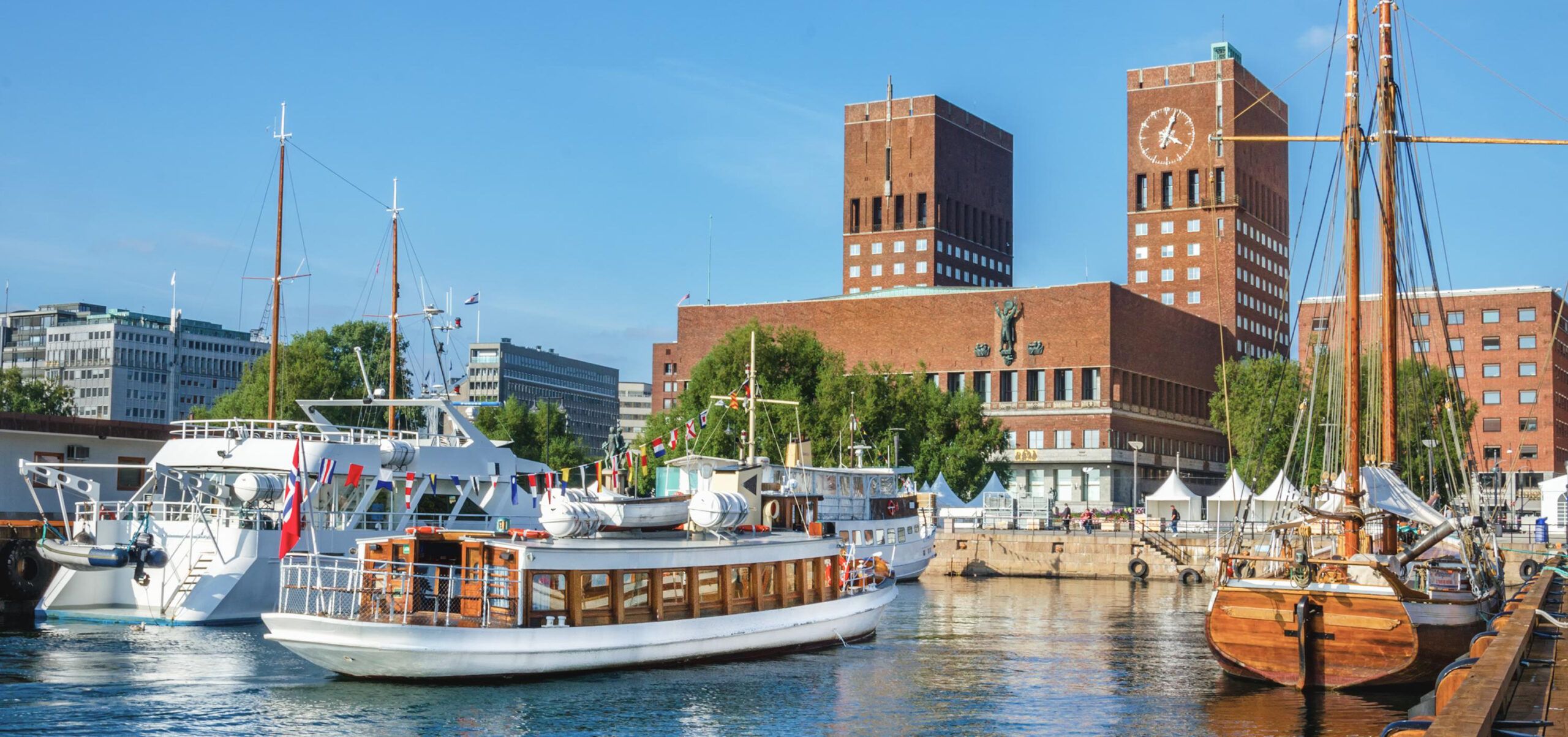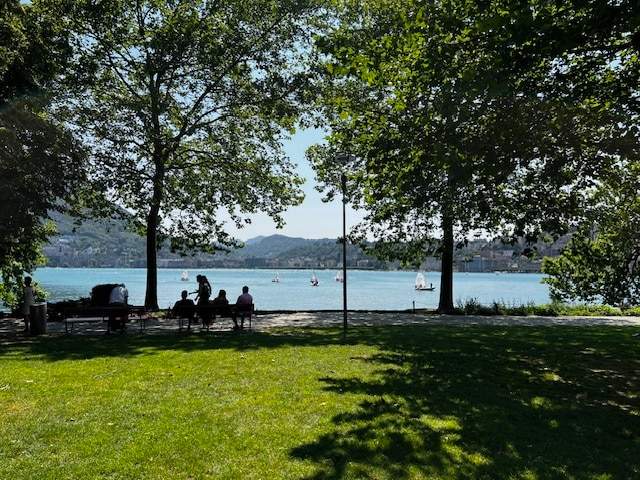The Norwegian capital, Oslo, stands as one of the most notable examples of comprehensive urban transformation in Europe over the past two decades. What began as a long-term vision under the “Fjordbyen” (Fjord City) plan in the 1980s has evolved into a practical model for redefining the relationship between city and nature, with a strong emphasis on environmental sustainability and improved urban living quality.
This article highlights two central themes:
- Coastal redevelopment in Oslo
- Building sustainable communities within and beyond the city center

Coastal Redevelopment: The Fjordbyen Project
The Fjordbyen project gained significant momentum after 2008, although its conceptual roots date back to the 1980s. This is a key aspect of urban transformation in Oslo, with the main objective being to rehabilitate neglected industrial and waterfront areas into modern open spaces that integrate residential, commercial, and cultural functions.
Significance of the Coastal Zone
According to a 2020 report by Oslo Municipality:
“Oslo’s coastline is not only a natural feature but also a core element of the city’s cultural and economic identity.”
Source: Oslo Municipality – Coastal Plan 2020
The development focused on key areas such as Bjørvika and Tjuvholmen, where major cultural buildings and advanced environmental initiatives have been implemented. This is part of the ongoing transformation seen in Oslo’s urban areas.
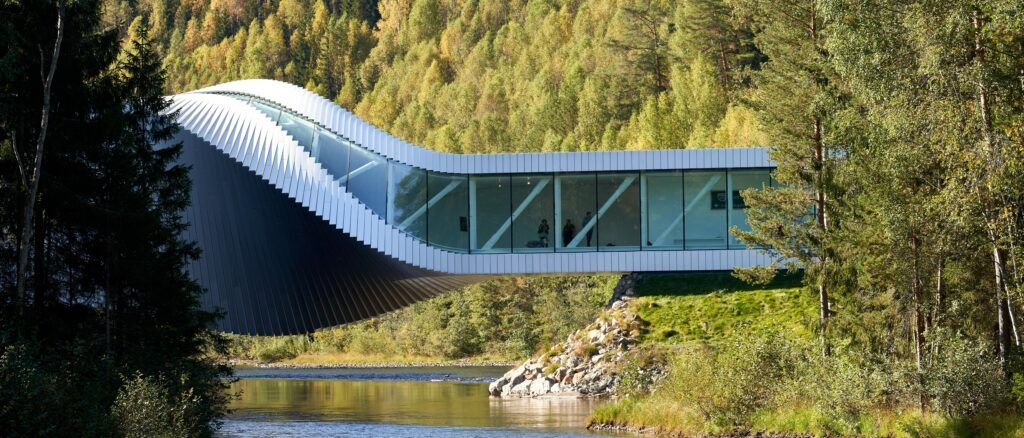
Bjørvika: The Heart of Change
Bjørvika is one of the clearest examples of coastal transformation. The district has seen the construction of three major cultural landmarks:
- The new National Library
- The Opera House and Ballet Theater
- The Munch Museum
In addition to these projects, mixed-use developments have increased the area’s economic and social value. This urban transformation helps make Bjørvika a vibrant part of the city.
Sustainable Communities: Toward a Green City
Urban transformation in Oslo is not limited to the coastline; it extends to the development of inner-city neighbourhoods based on principles of sustainability and reduced carbon footprint.
Tjuvholmen: A Smart Neighborhood Model
Tjuvholmen exemplifies the regeneration of former industrial land into a mixed-use district committed to high sustainability standards. Key features include:
- The Astrup Fearnley Museum of Modern Art
- Residential buildings equipped with solar energy systems
- Use of environmentally friendly building materials

Akerselva River Regeneration
The Akerselva River development spans multiple districts and aims to transform former industrial zones into green spaces and renewed residential areas, further contributing to urban transformation in Oslo.
- Improved water quality
- Increased public open spaces
- Enhanced sustainable mobility (walking and cycling)
Sustainability as an Urban Strategy
Oslo operates under a clear strategy to reduce carbon emissions by 95% by 2030. To achieve this, several urban policies have been adopted as part of Oslo’s transformation strategy:
| Measure | Impact |
|---|---|
| Promoting cycling and public transport | Reduces reliance on private vehicles |
| Rehabilitating old buildings | Lowers energy waste and updates infrastructure |
| Constructing green-designed buildings | Minimises energy and water consumption |
Source: Oslo Climate Agency, 2022 Report
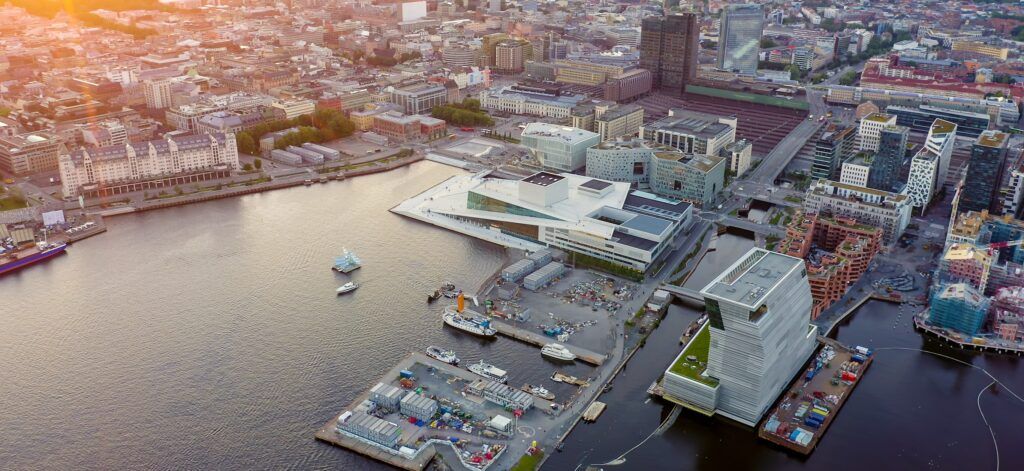
Frequently Asked Questions About Urban Transformation in Oslo
| Question | Answer |
|---|---|
| What is the Fjordbyen project? | It is a long-term plan to develop Oslo’s waterfront, initiated in the 1980s and accelerated after 2008. |
| Why is Bjørvika considered a model for change? | Because it hosts major cultural projects and reflects a renewed relationship between the city and the sea. |
| How does Oslo address sustainability? | Through strict policies to cut emissions, use of renewable energy, and rehabilitation of deteriorated areas as part of its major urban transformation. |
| Has development extended beyond the city center? | Yes, areas like Lillestrøm and Magnor have been developed to distribute growth and ease pressure on the capital. |
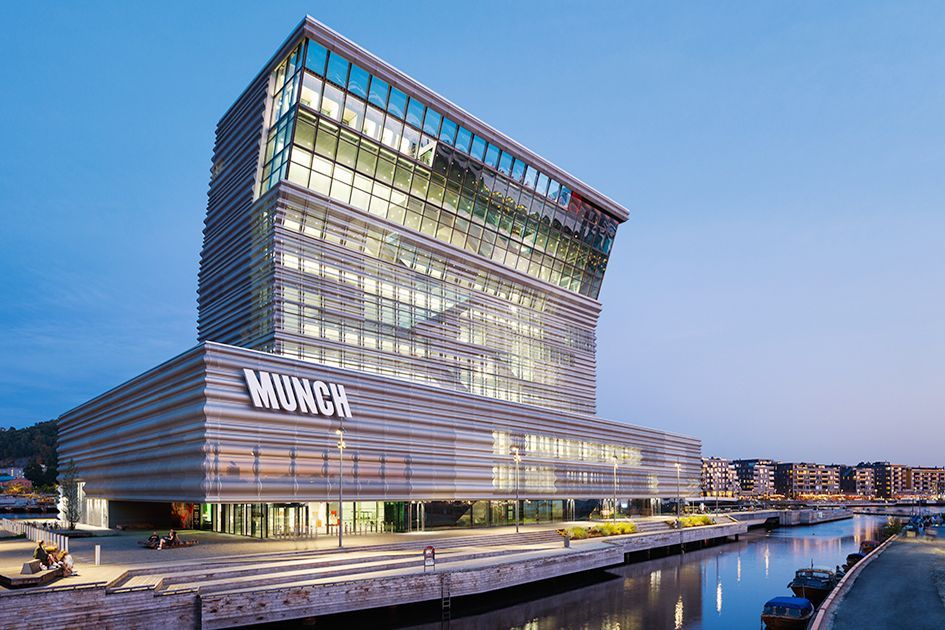
ArchUp Opinion
The urban transformation witnessed in Oslo represents a successful model that other cities facing similar challenges—such as rehabilitating industrial zones and integrating them into the social and cultural life of residents—can learn from.
However, some aspects require critical evaluation:
- High cost of living in newly developed areas may lead to displacement of low-income residents.
- Overemphasis on large-scale projects without consistent distribution of services across all neighborhoods.
- Logistical challenges , including traffic congestion resulting from rapid expansion without fully integrated transport planning.
Despite these concerns, Oslo remains a benchmark for combining architectural innovation with environmental sustainability, making urban transformation in Oslo a subject of study for planners around the world.

